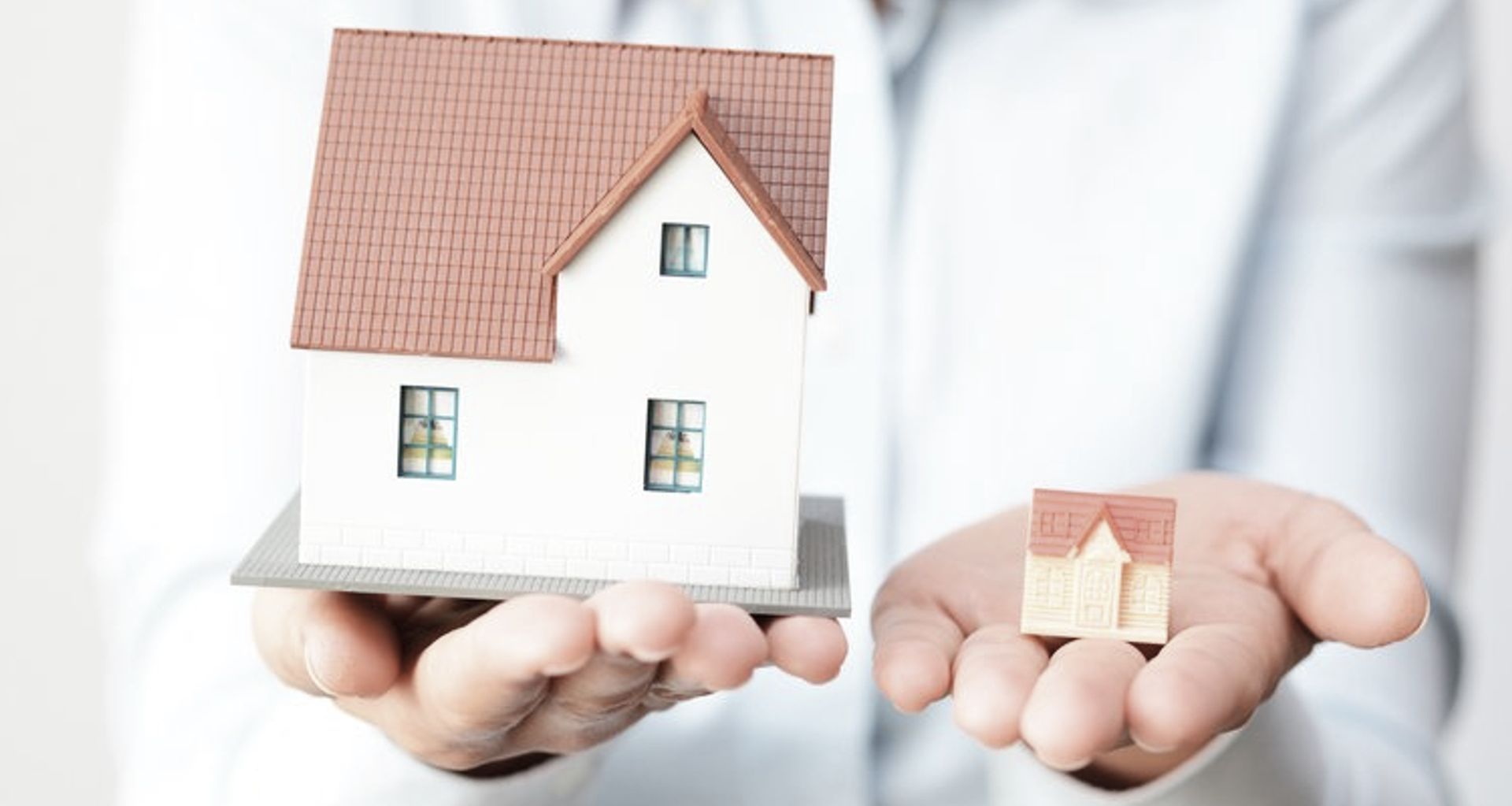Homes are getting bigger

The latest CommSec report has revealed that the average home size of a newly built home in 2019-20 is 253.8 square metres, up 2.9% over a year. This was the biggest yearly increase in 11 years and one that I anticipate will have continued due to the pande
As a Home Build Mentor, I have seen a definite swing in typical client briefs, particularly families. Enforced lockdowns saw us working, learning, exercising and entertaining all within our own homes. It became clear that the layout of our homes that had served us well was no longer ideal.
The humble study nook adjacent to the main living space was far too small to accommodate working parents and home learning children. In addition, taking telephone calls and doing video calls in open living spaces became an acoustic nightmare, and the hired treadmill that replaced regular gym visits chewed into the much-needed living areas.
But it wasn't all bad.
Parents regained the time previously dedicated to their commute and spent more time with their families. In many cases, it became evident that both employees and business owners could be just as productive, if not more, from their own homes than in their office.
So, despite being 'allowed' to return to work, people are choosing not to. Their preference remains to work from home or share their time between work and office. This is where we see the greatest shift in the design of our homes.
The convenience of living in a humble home or townhouse close to the city or office is no longer so appealing. Not when we could live in a larger house on a larger plot of land in more distant suburbs, perhaps with a coastal or rural appeal. The commute is far less a consideration when we only travel once or twice a week. It becomes an easy trade-off for a better way of living.
For some time now, a new home brief would typically comprise-
- Open plan living area: Kitchen, lounge and dining area
- Secondary lounge or rumpus room
- Master Bed suite with walk-in robe and ensuite
- 2-3 additional bedrooms
- Shared bathroom & toilet
- 2-3 car garage
Since the pandemic, it isn't uncommon for this list to now include-
- Dedicated home office space, often detached from the home
- Gym
- Expansive outdoor entertaining areas, including swimming pools and firepits.
The greatest challenge that we face is that while the size of our homes is increasing, so too are construction costs. The Australian Bureau of Statistics recently reported that input prices to house construction rose 12.0% over the last twelve months due to timber, board and joinery, and other metal products.
While there is a desire to build bigger homes, the economic climate may make it more difficult, if not impossible, for this trend to continue. So, while we shouldn't give up our ambitions for a new home, we may need to reconsider how and what our home will compromise to conserve size where possible.
Some spaces have become increasingly expansive- Butler's pantries, walk-in-robes and vast hallways, to name a few. We should reconsider some of these areas of extravagance and dedicate them to other areas that would now be considered more important. When it comes to reducing home size, adaptable spaces are the key. One example is creating a rumpus room or home office that can double as a guest bedroom for occasional overnight guests.
My gut feel is that the trend for bigger houses will come to a stop, simply because the cost of housing will make it too expensive. But I also believe this could be a much-needed shake-up. It will encourage smaller, better-designed homes that are more economical to heat and cool while also encouraging easy connection between the people who call it home.
It's a win-win.
